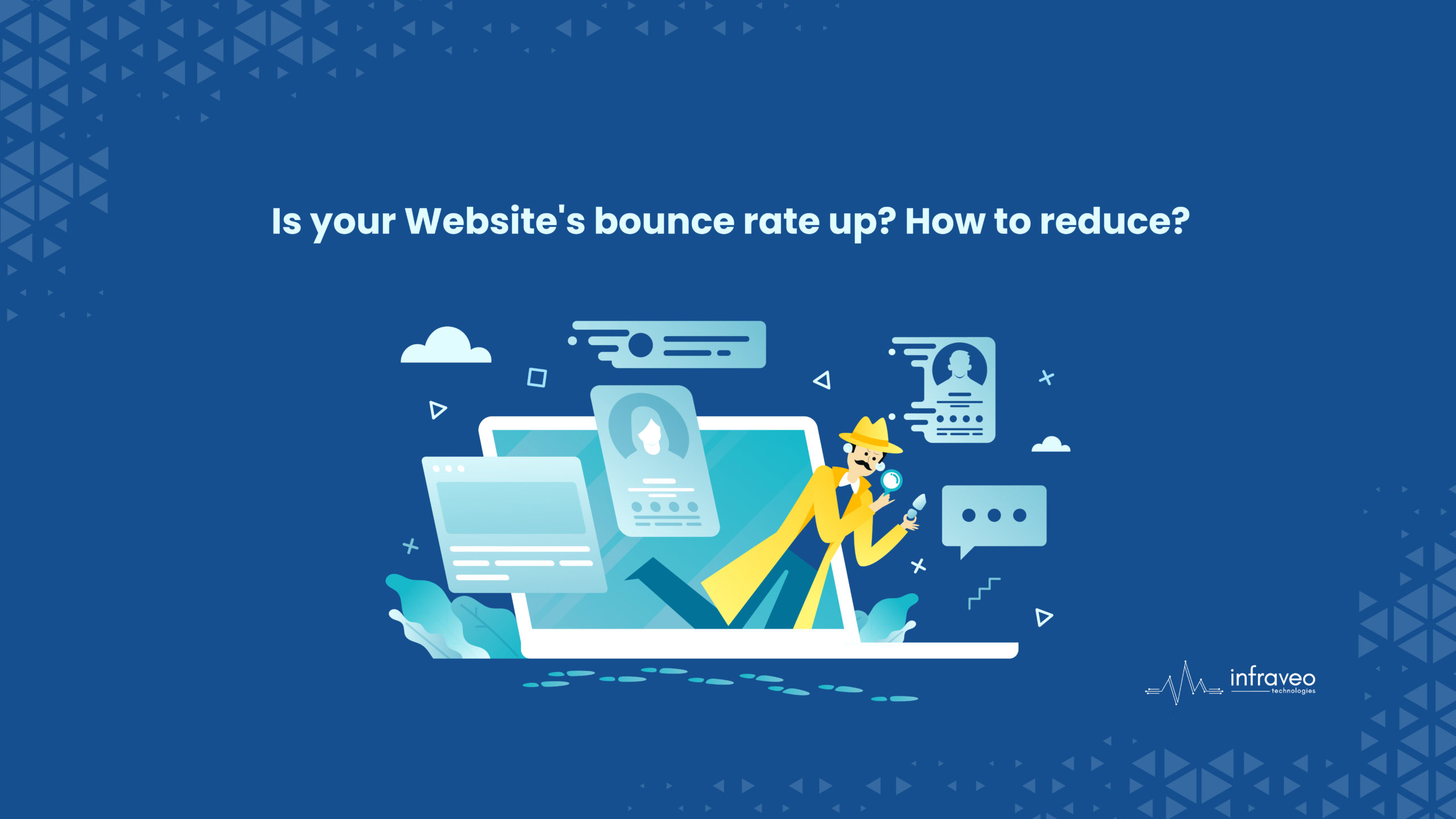Introduction
Bounce rate is a concept used for Internet marketing and site traffic research. It displays the part of web users that come, “bounce,” and then exit the site without seeing any other pages. By calculating the number of visitors to a single page and dividing it by the overall visitor, the bounce percentage is figured out. After then, it is displayed as a proportion of all visitors. Making people stay on the website longer will help you decrease the bounce rate. For instance, you might include some engaging films about your organization to encourage viewers to watch and browse your website for a while. Ultimately, this will decrease the website’s bounce percentage
What is Bounce Rate?
The percentage of users or visitors that leave a website without doing a specific action, such as making a final purchase, downloading a file, etc., is known as the bounce rate.
Top 5 Tactics for decreasing Bounce Rates
1) Boost the readability of your Content:
Reduce the length of your sentences and paragraphs; shorter sentences are simpler for readers to follow and less likely to bounce. When they provide value or help readers better understand the content, they only frequently and selectively use images. If images are poorly designed or take a long time to load, traffic might bounce. If a visitor finds your website difficult to use or confusing to understand, they will leave. Engagement rates are increased by using clear navigation, links, buttons, and other components.
2) Improve Page Loading Time:
Reduce bounce rates and improve the user experience by speeding up the loading of pages on your website. To achieve speedy loading speeds, you may perfect photos, use compression tools, and remove unnecessary files from your website. Many visitors will not even leave a website if it loads slowly. A slow-loading website might affect your SEO.
3) Create an easy-to-search website:
Many websites ignore site search, which is a huge, missed opportunity to provide their visitors with the resources they need to find what they are looking for and lower the bounce rates. An effective tool for helping site visitors in finding what they need is site search. But people may often ignore it when simply integrating it within your own website. However, if the website does not offer site search on its own, it is likely that people may visit another website to find their information, which really is bad for both businesses.
4) Make your site mobile-friendly:
Creating a layout that works well on mobile devices is one method to help decrease bounce rates. This means creating content that is simple to find and use on mobile devices. Additionally, make sure all content can be read at small sizes and use easy-to-read fonts. Include responsive design elements to ensure that your site will appear excellent on a range of device sizes.
5) Skip the pop-ups:
Popups can be inconvenient, but that does not mean you should never use them. Popups are really needed in such situations, such as on some types of content sites or pages with a lot of ads. That does not mean, though, that website popups will always be effective at attracting people and turning them into leads. Design your popups carefully and test many iterations of the website message to find the most effective conversion rate.
Which Bounce Rate Is Best?
- 20% – 45% for e-commerce and retail websites.
- 25% to 55% of sites are B2B.
- 30% to 55% of the sites that generate leads
- 35%–60% of non-eCommerce websites
- 60% to 90% of websites have landing pages.
- 65% to 90% of websites are blogs and news sites.
Conclusion
The conversion percentage of your website can be strongly impacted by reducing bounce percentage. High bounce percentage are usually a sign that the website is not performing well at holding users’ interest. This indicates that before a specific time, visitors only see a single page while not browsing other sites or performing any other activity on the website. Thus, this is a straightforward strategy to implement; simply include all media files on your website to encourage visitors to stay longer. Its bounce percentage will go down, and it will also help you rank highly on Google.




